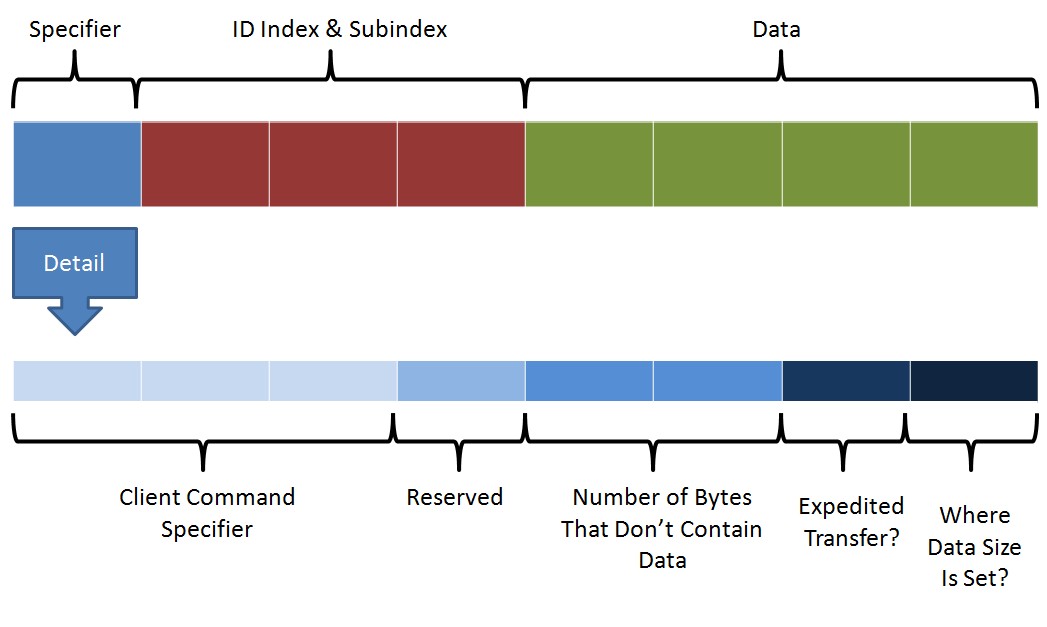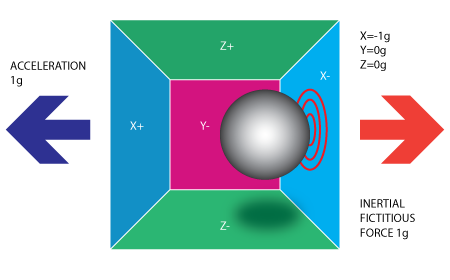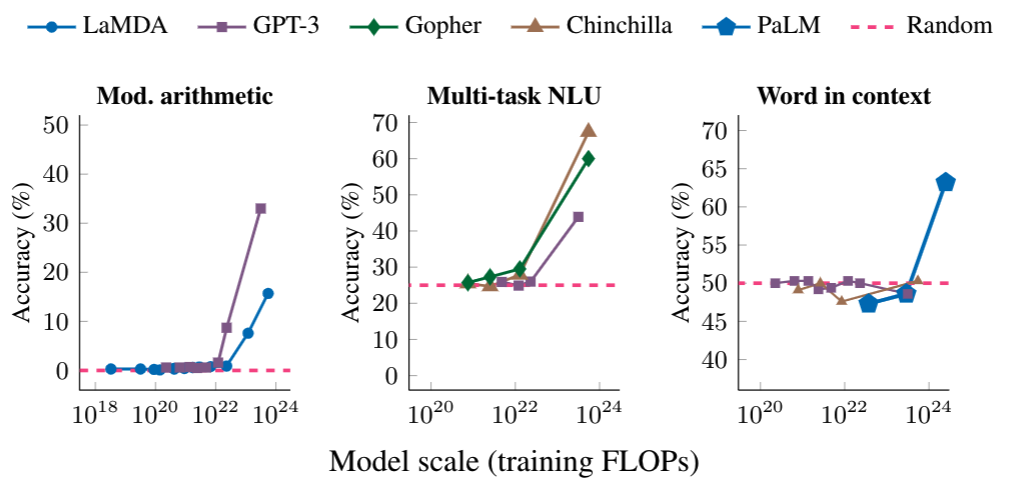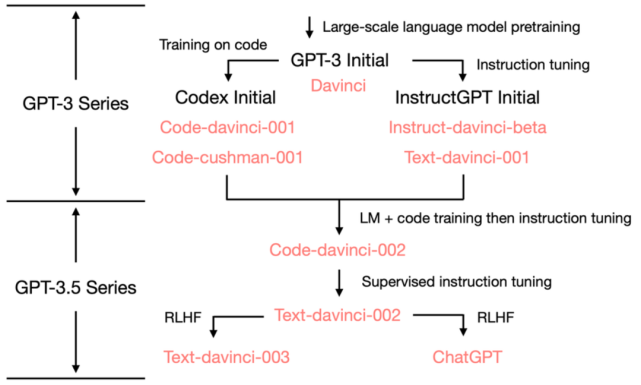1. Basic
From chatGPT
- Find area with natural light
- Invest
- Sturdy tripod
- Artifical lighting
- Light Modifiers
- Background and surfaces
- Styling props
- Organize the workspace
- Learn and Practice
- Portfolio
- Network and Market
2. Artifical Light
Type:
- Continuous light
- Strobe light or flash
- Speedlight
Color Temperature
- 5000-5500
CRI:
- Above 90 is desireable




